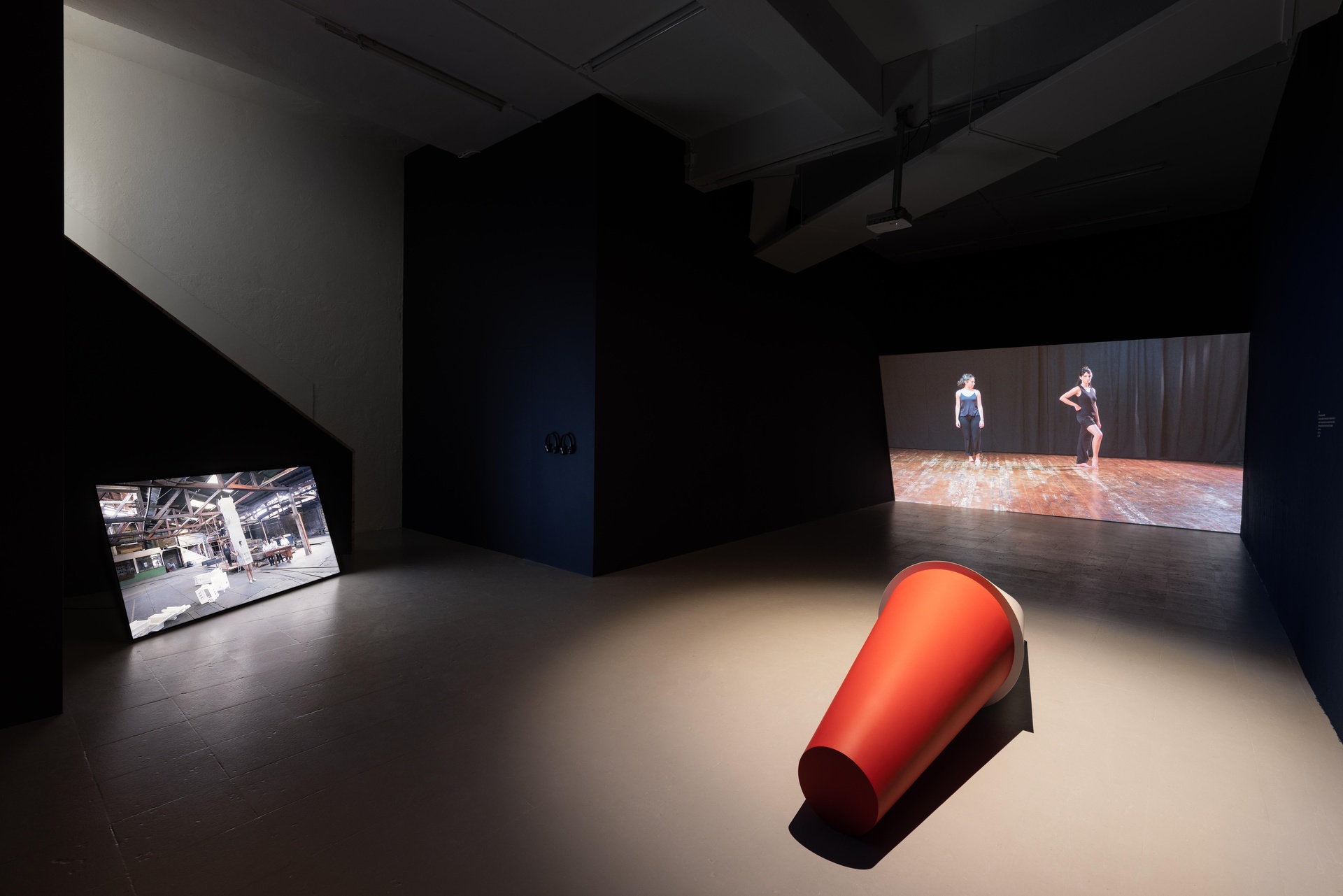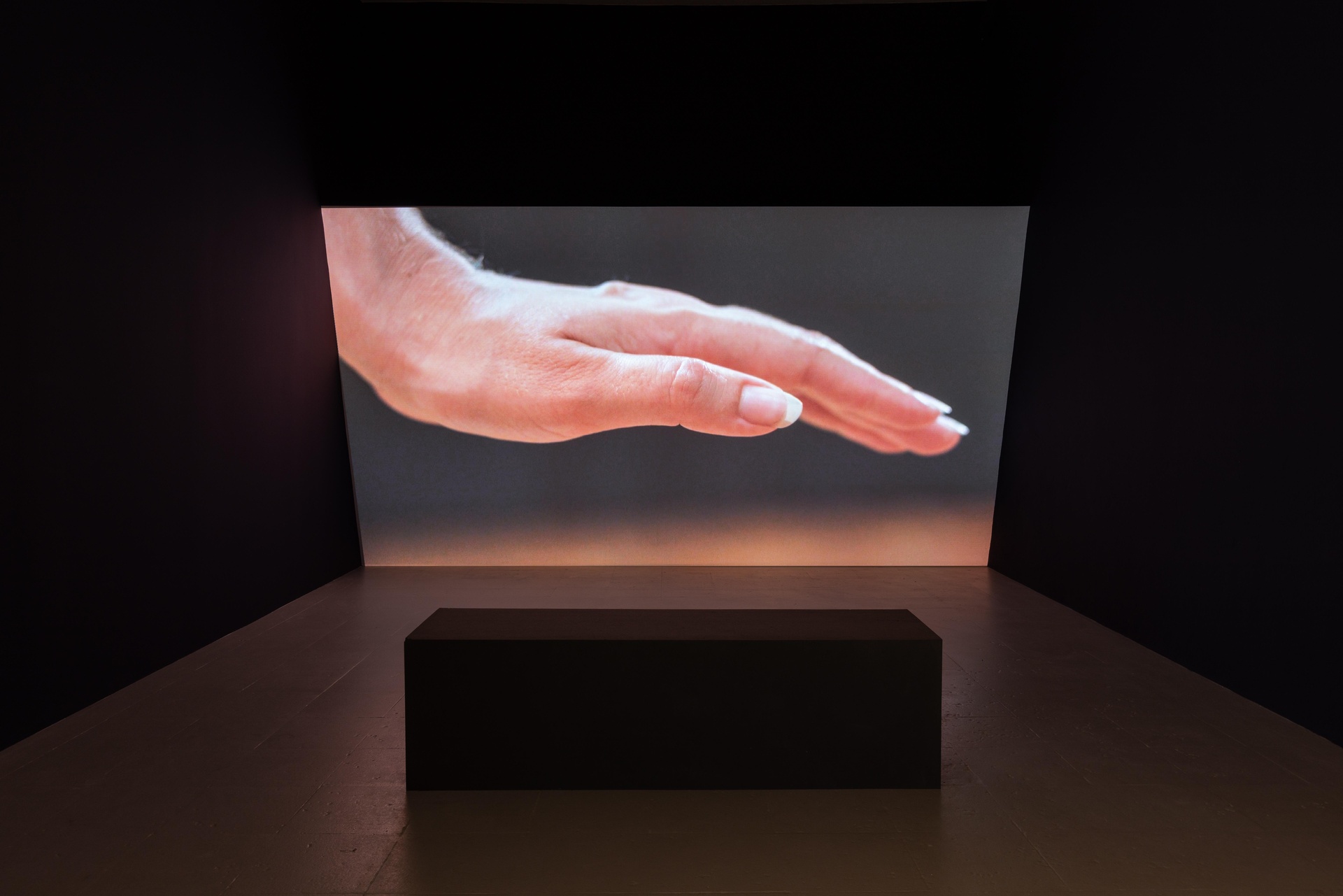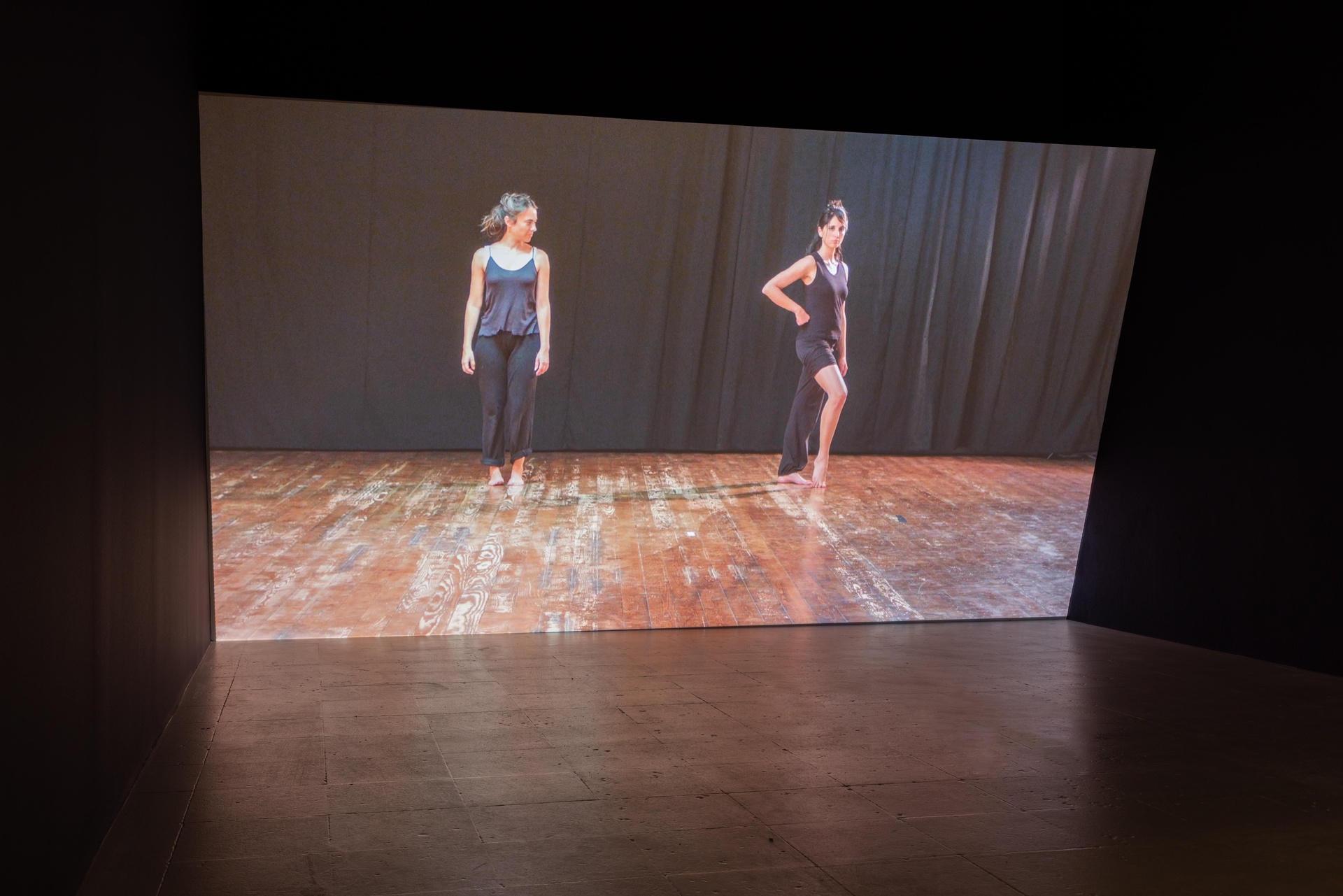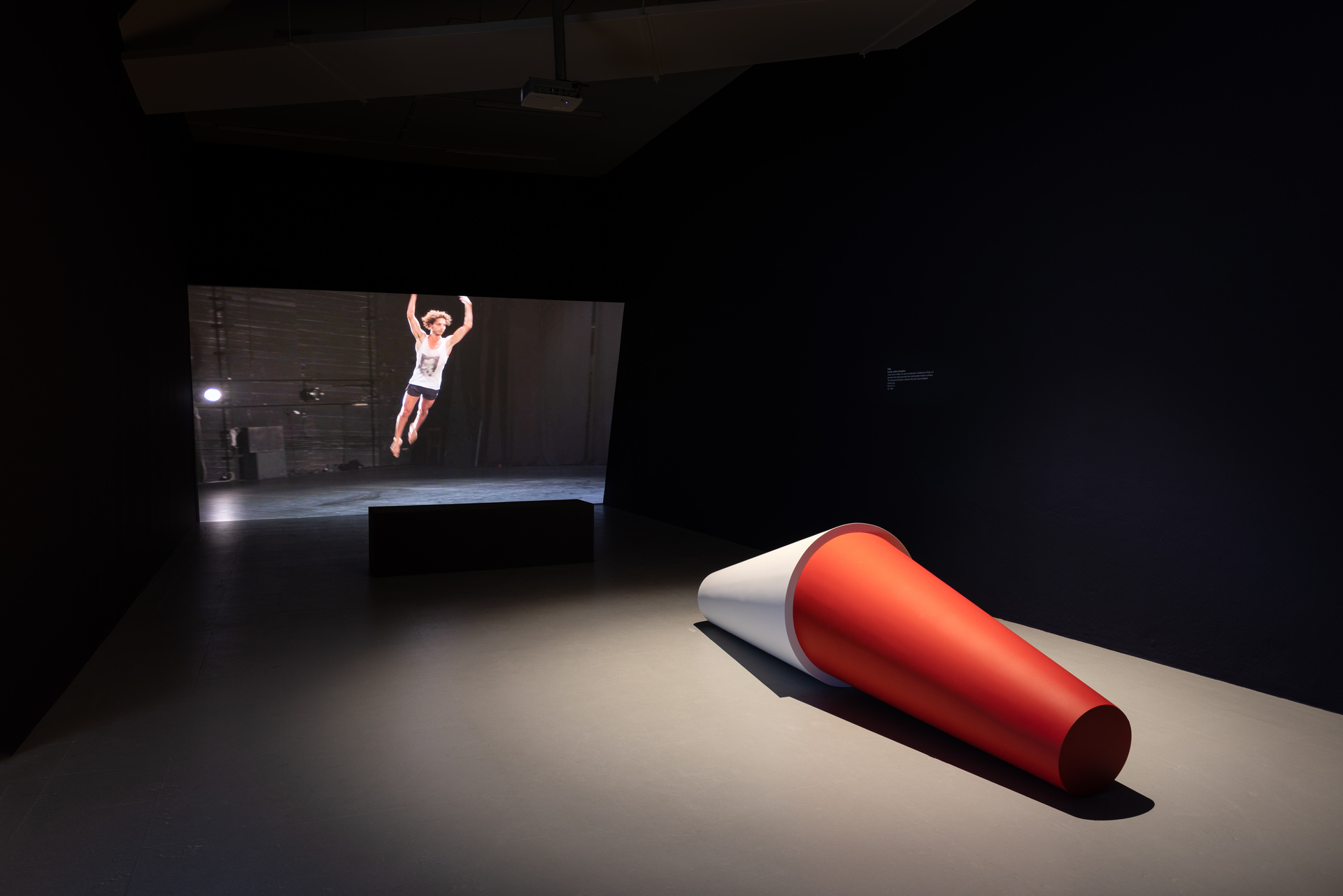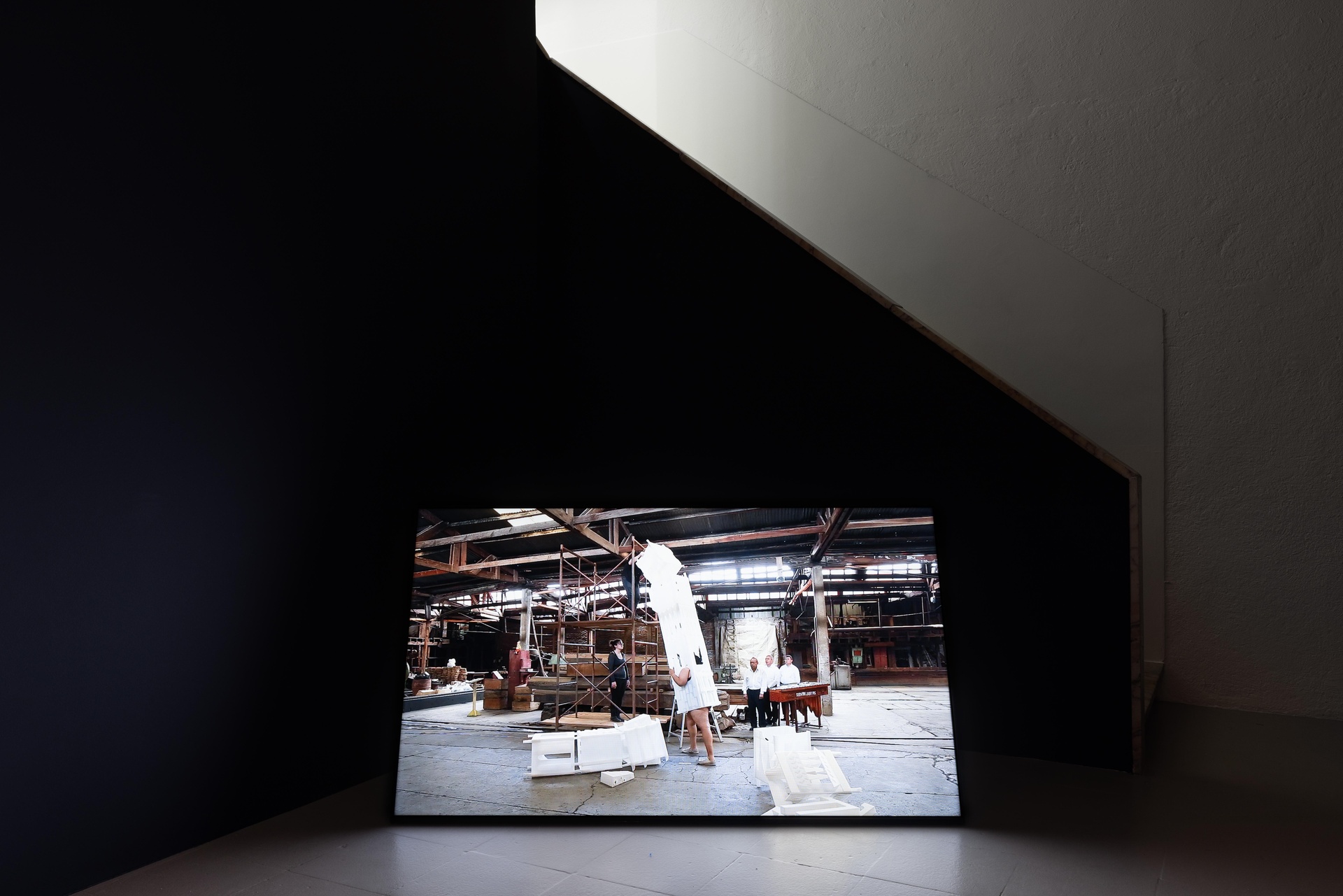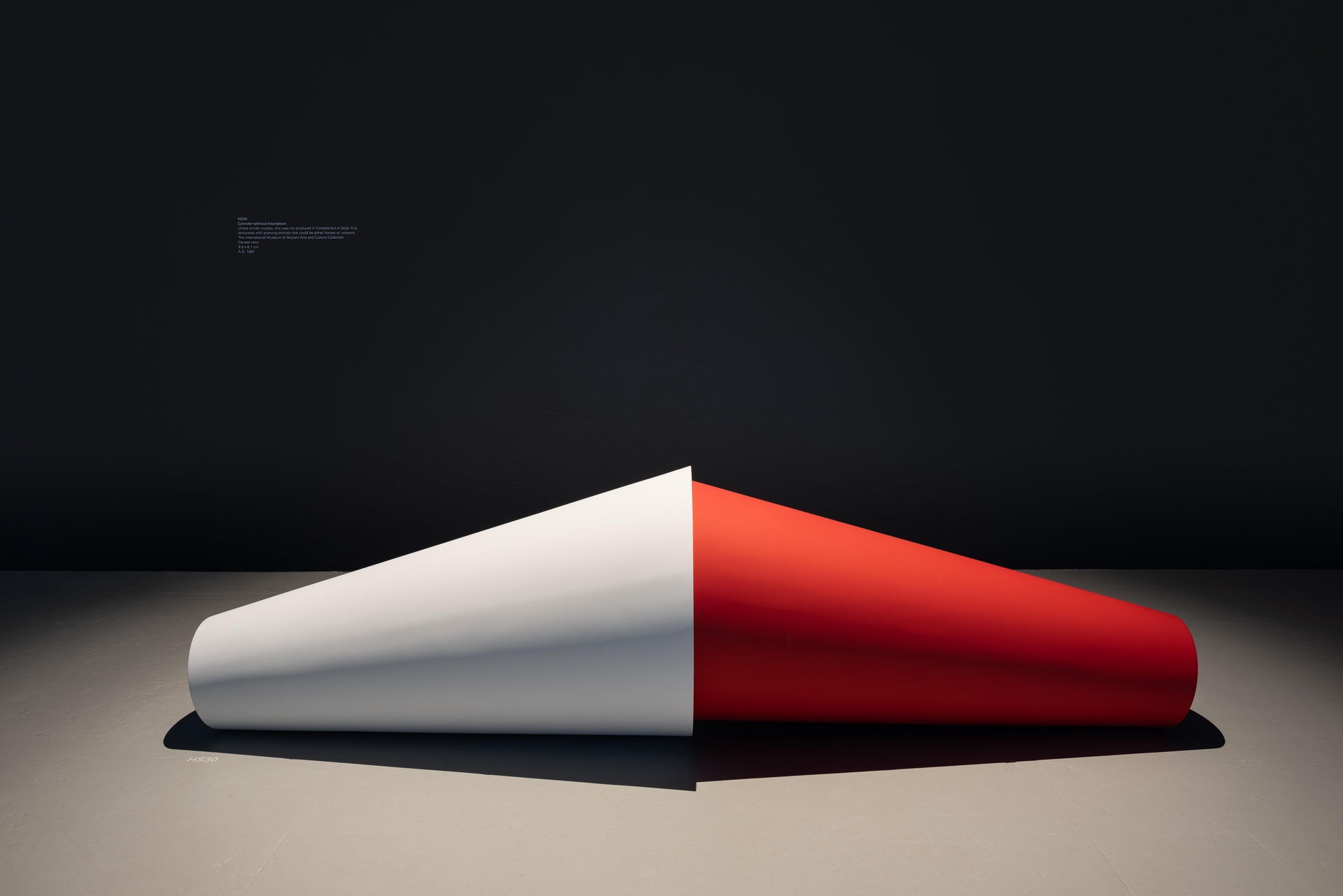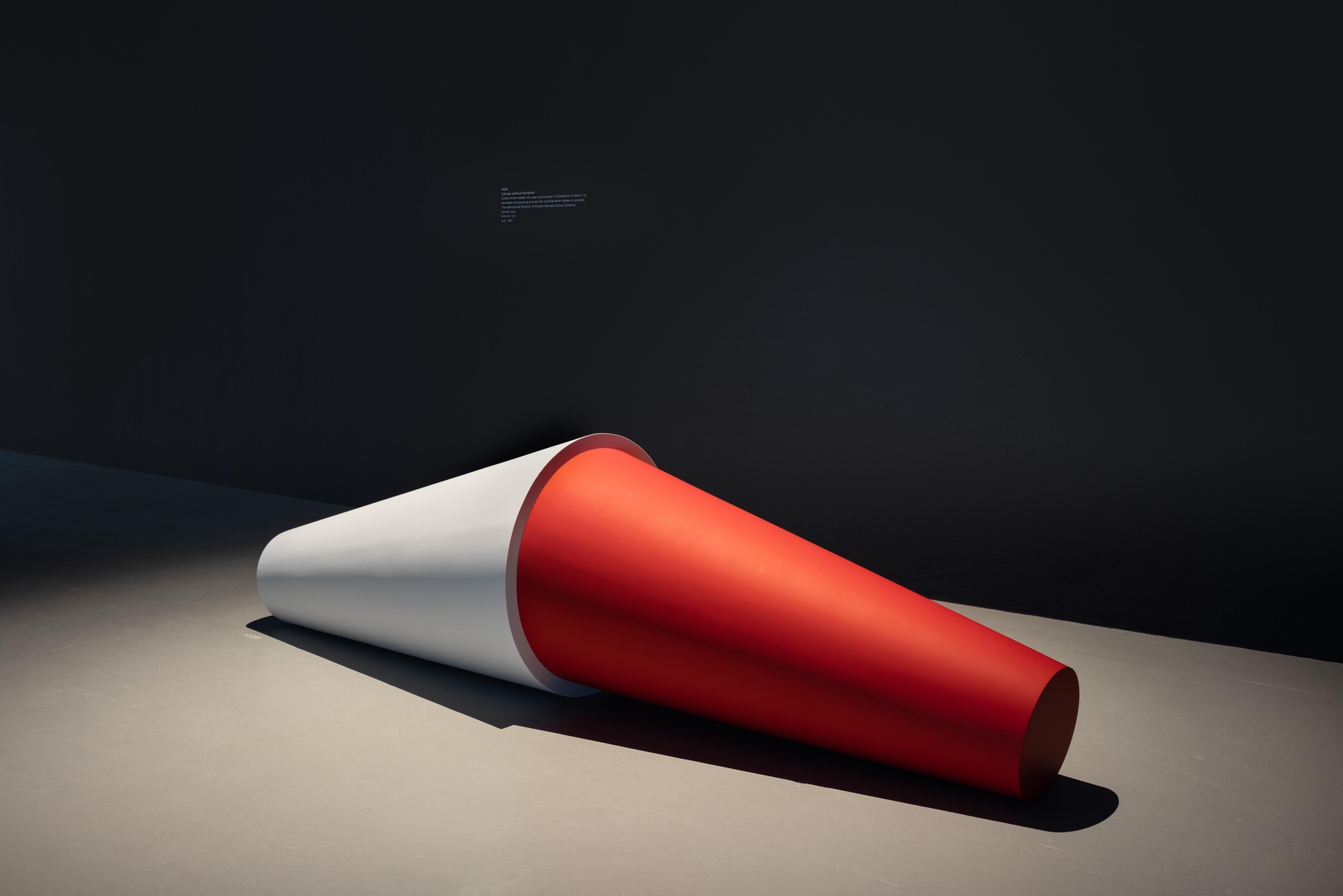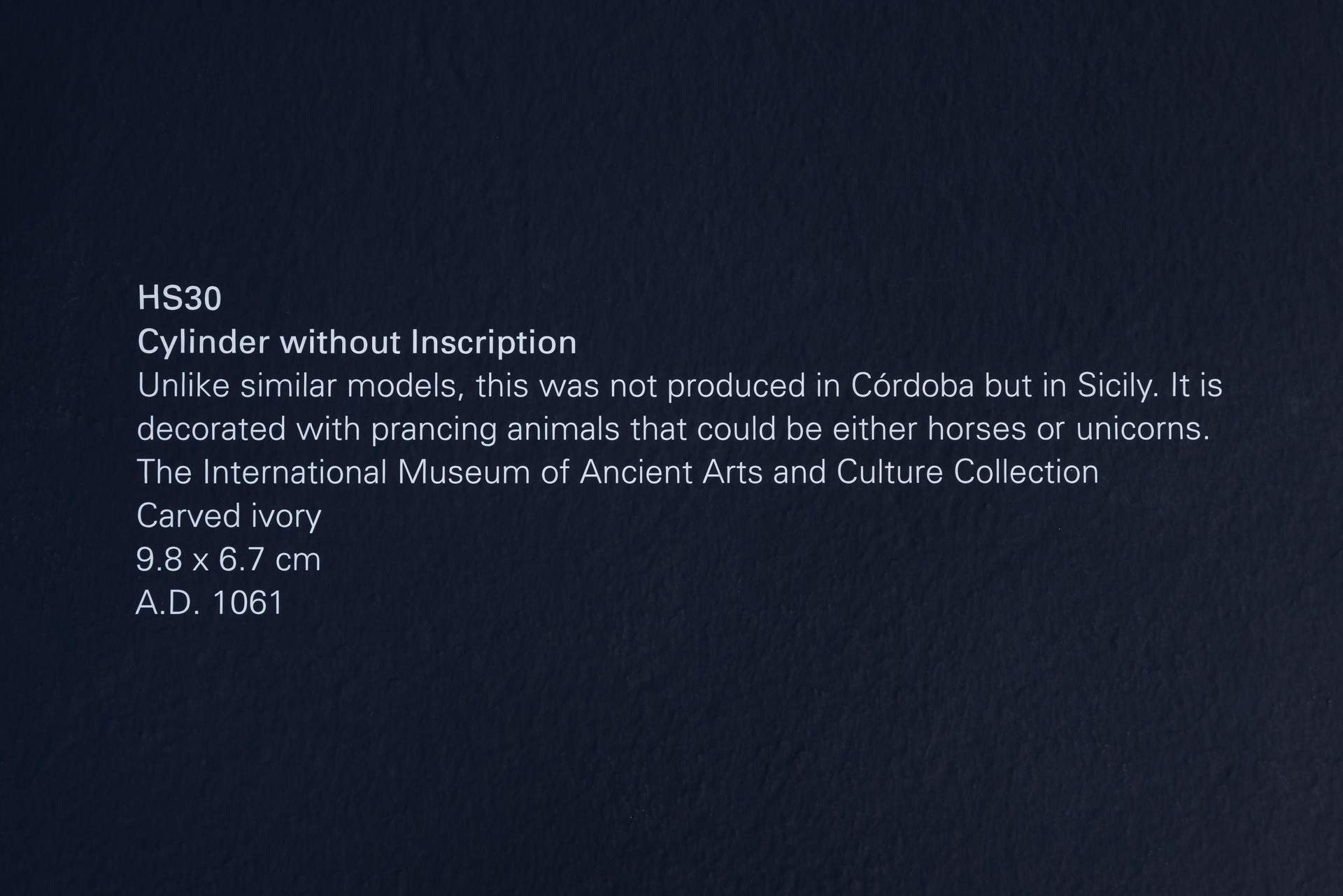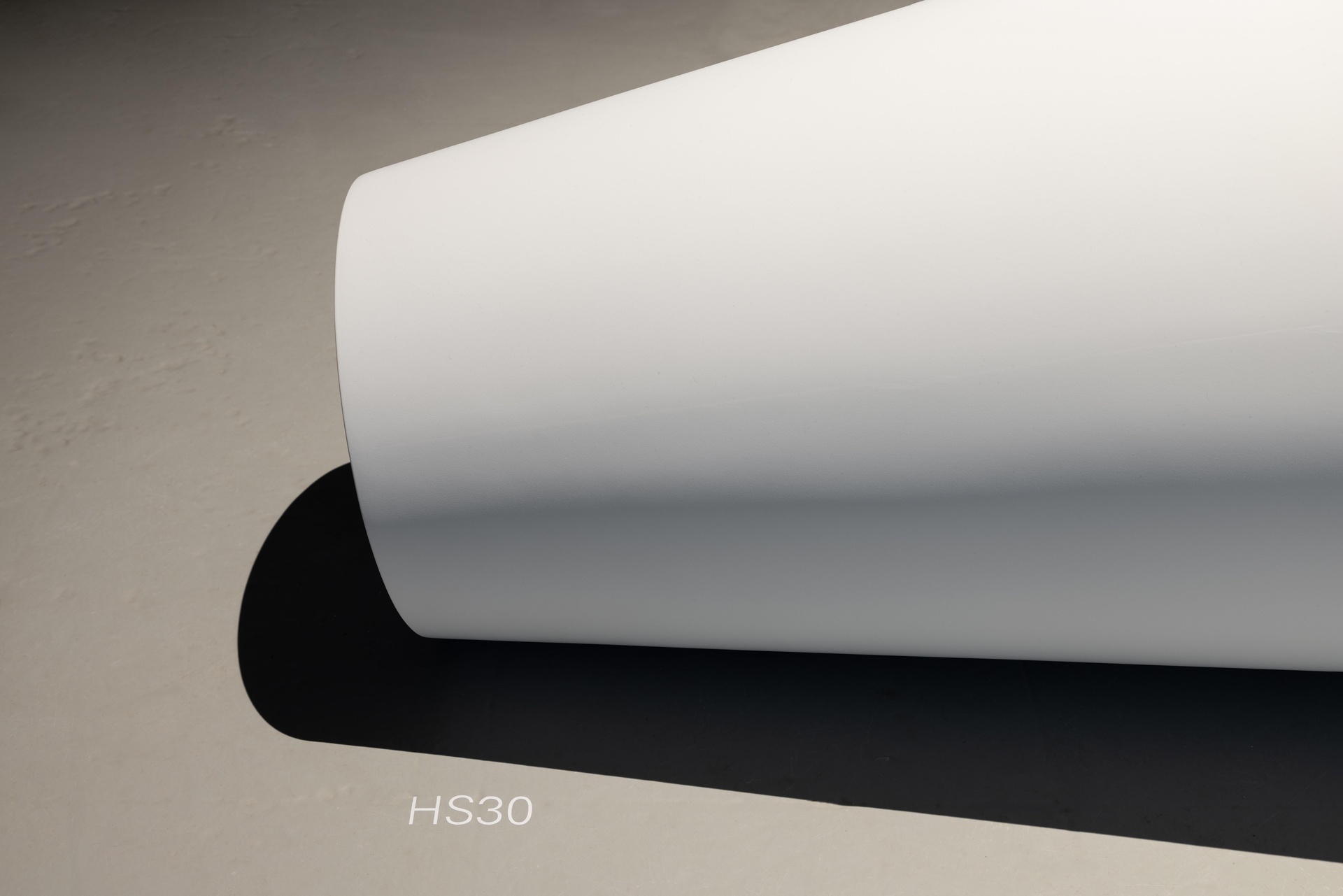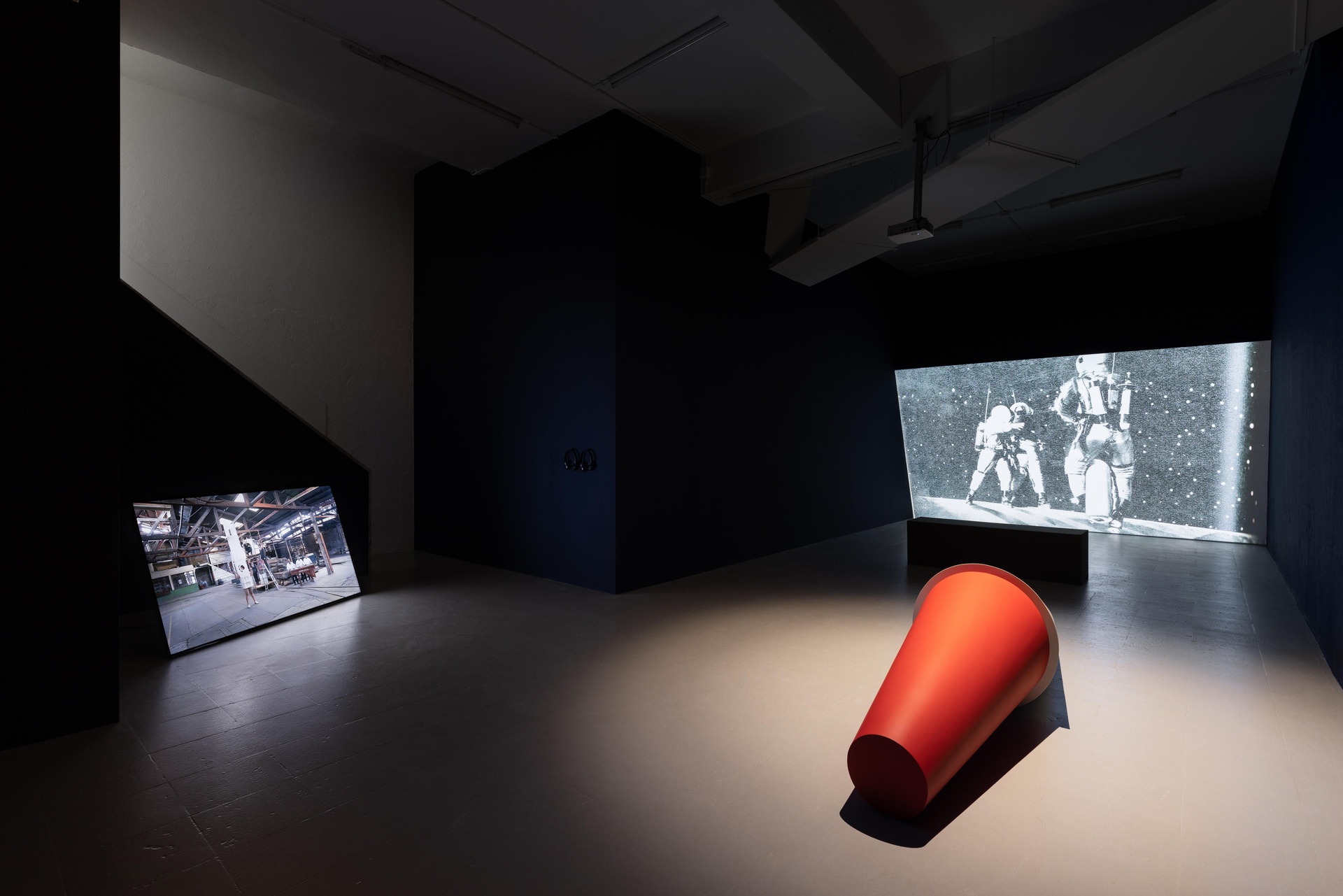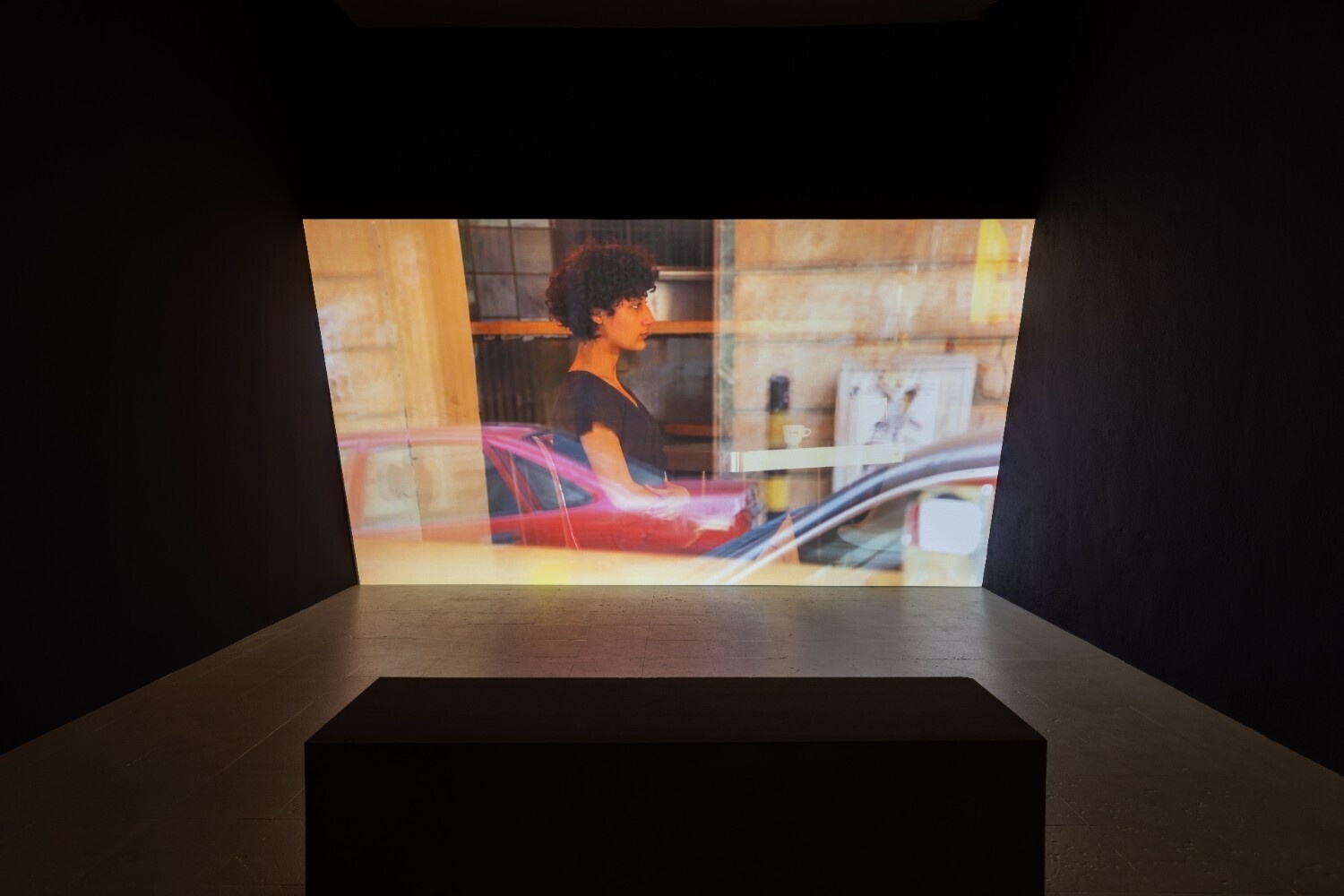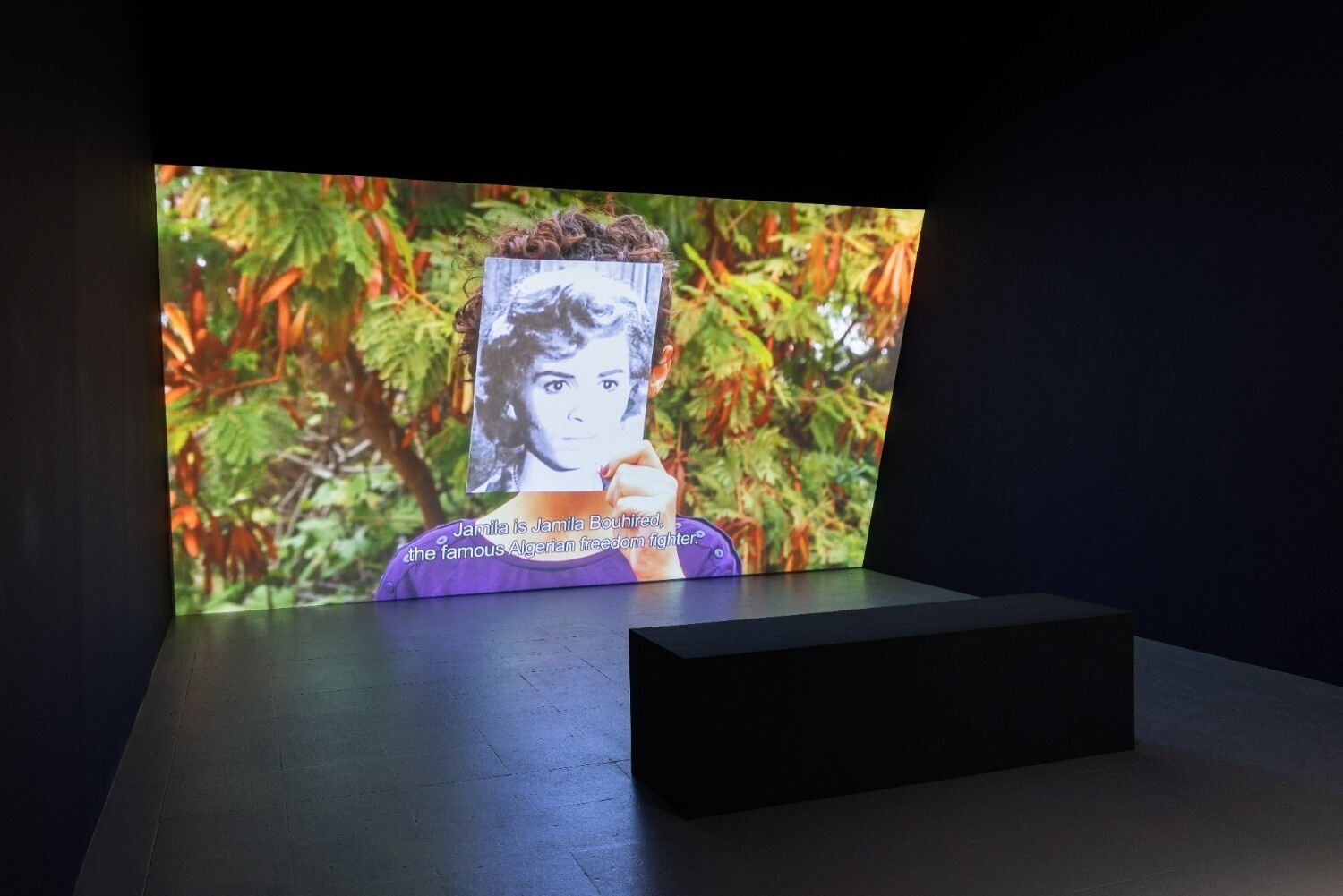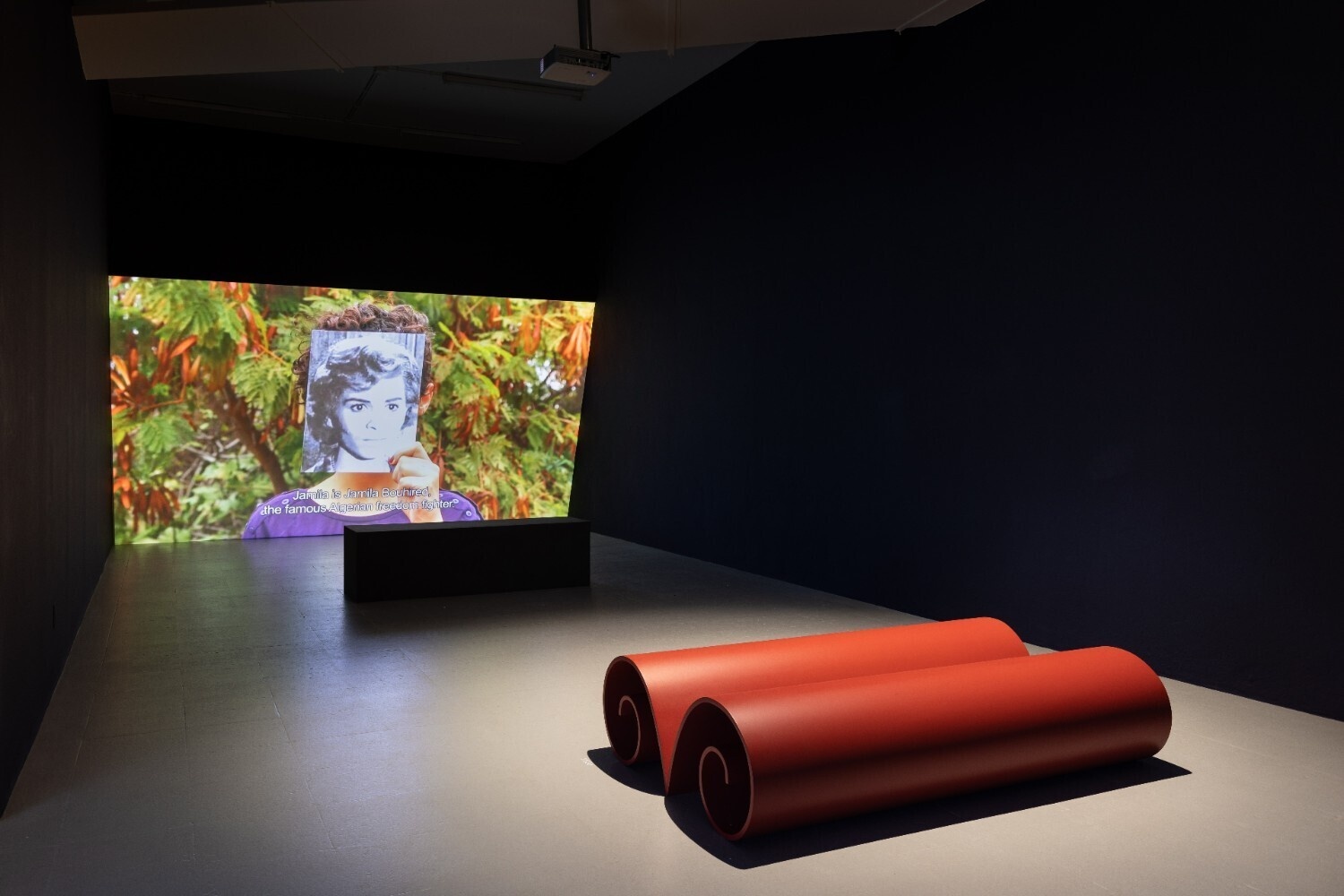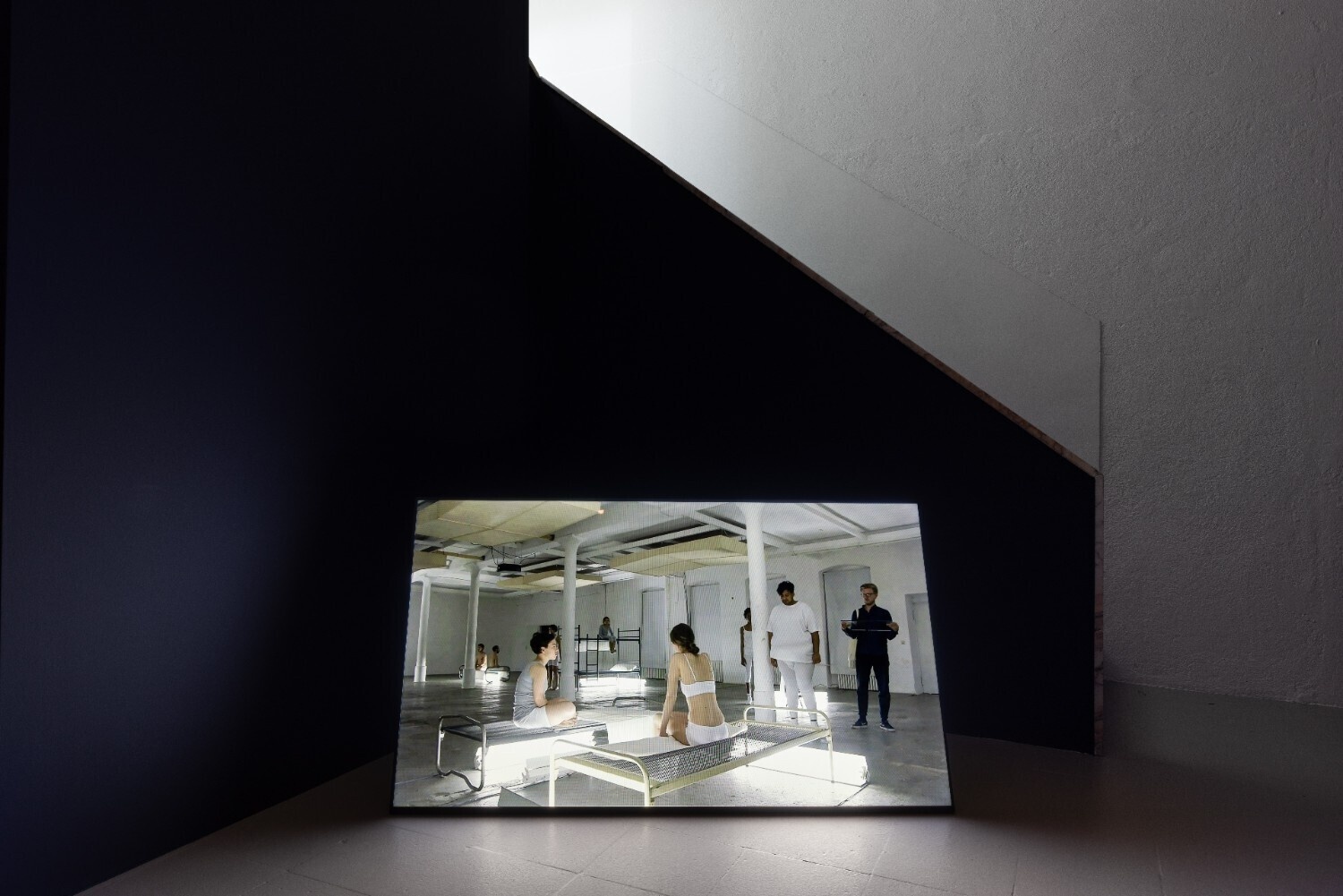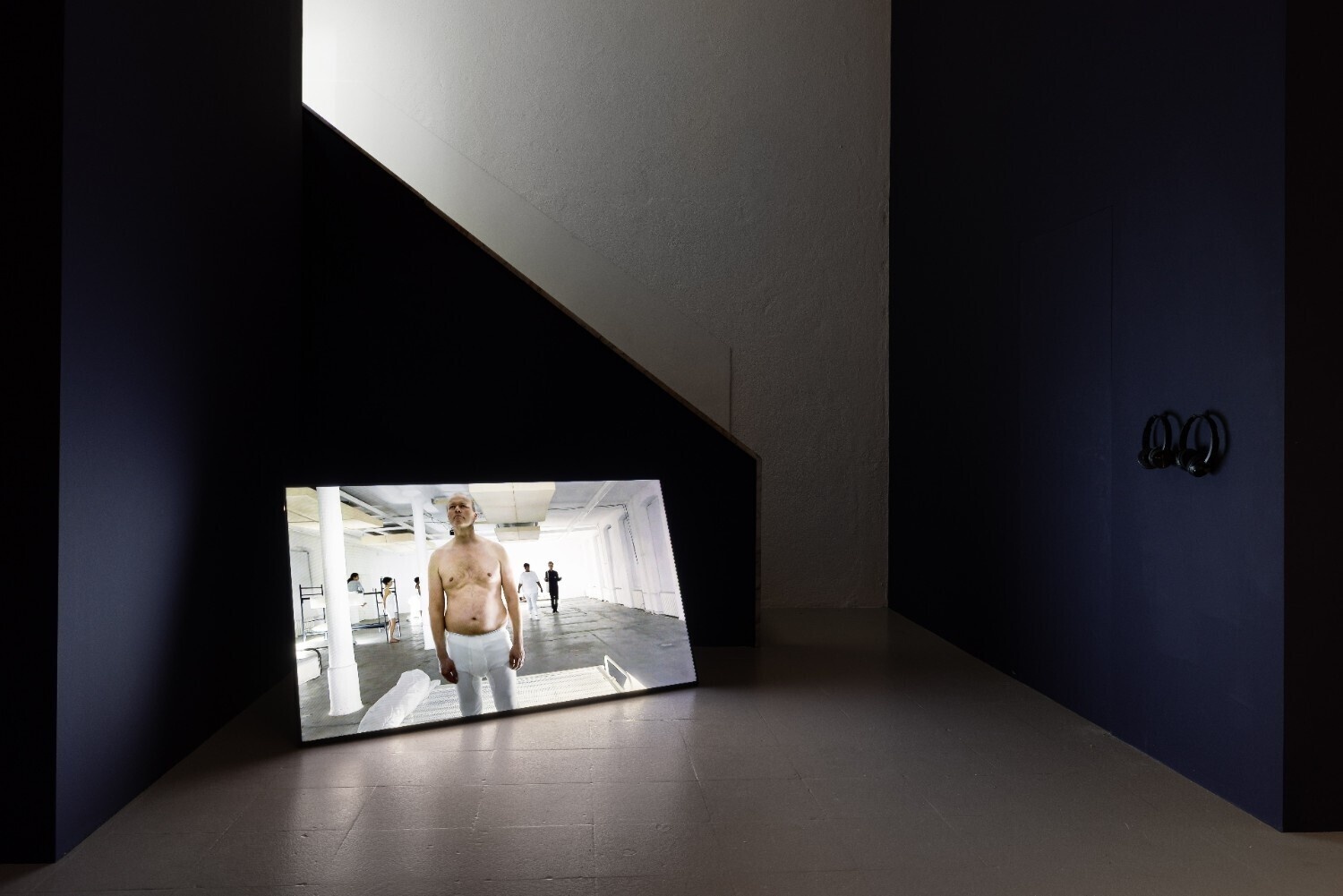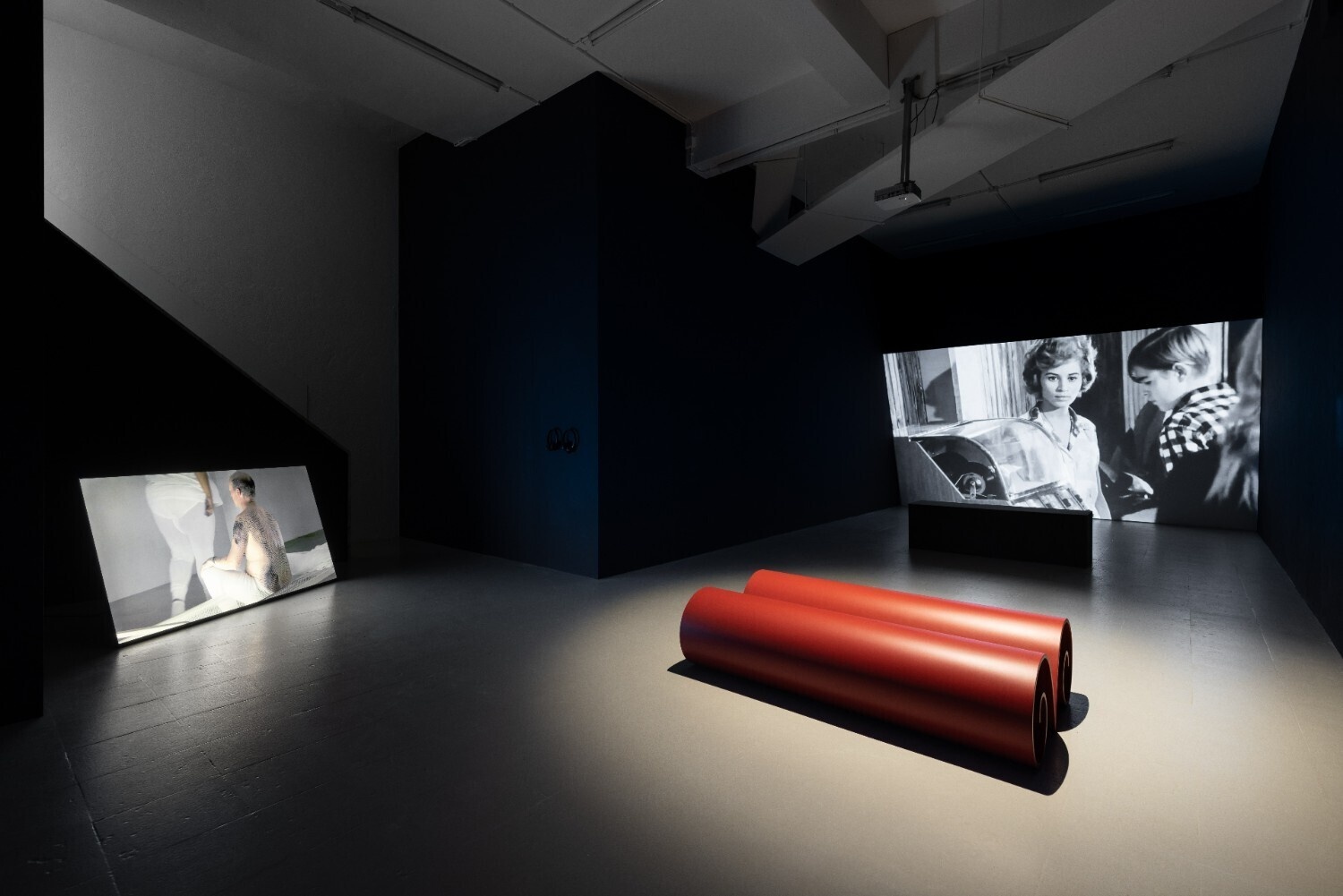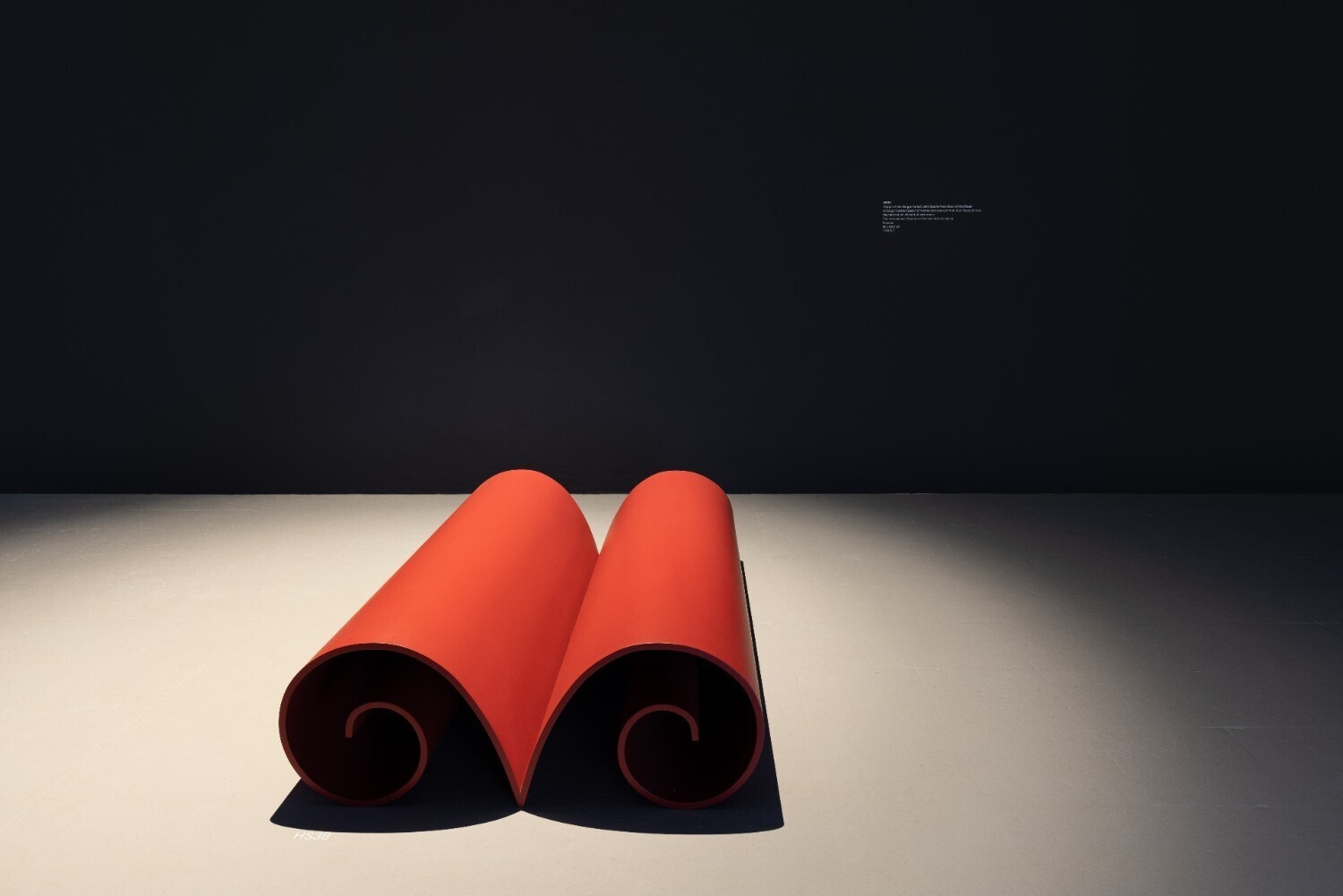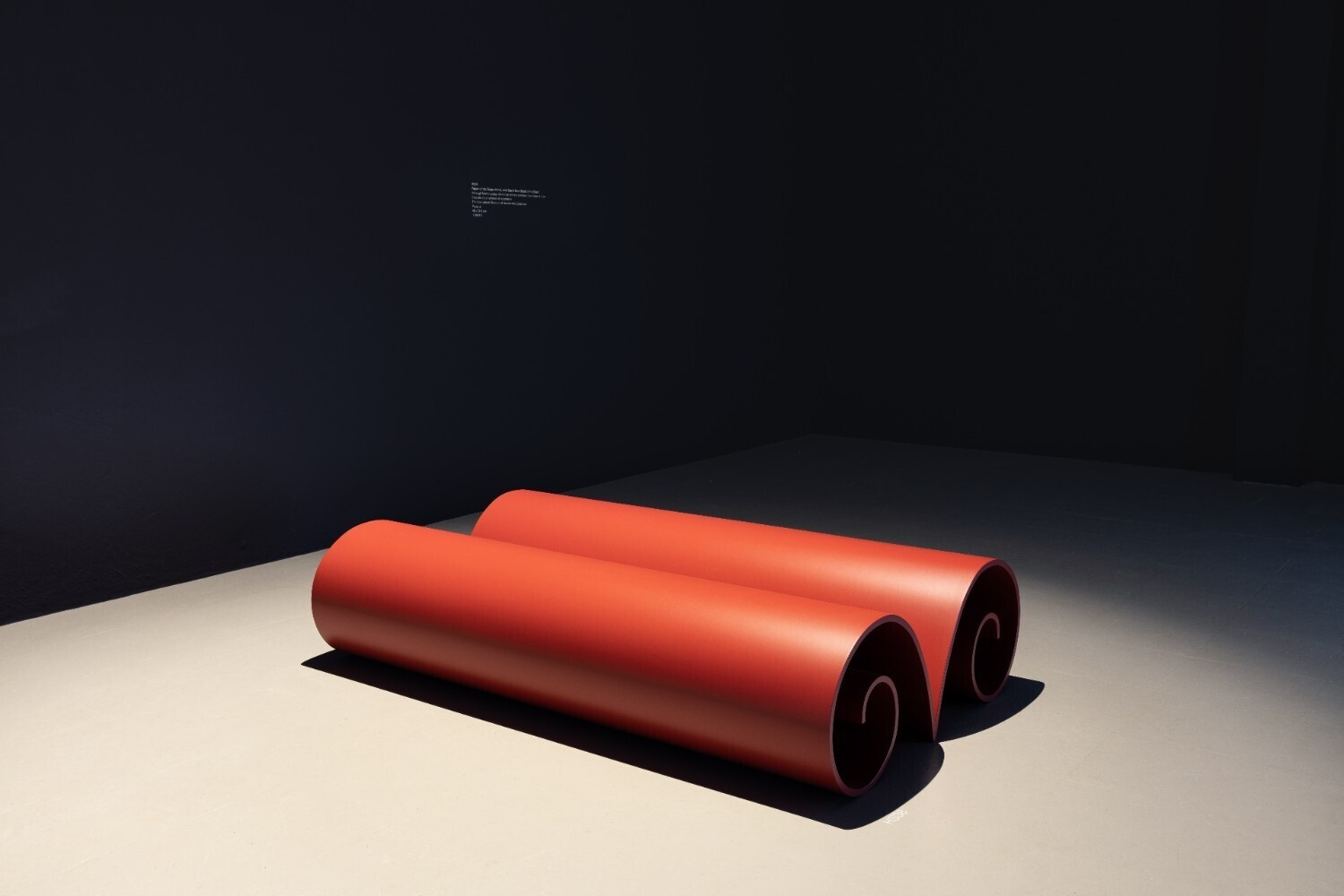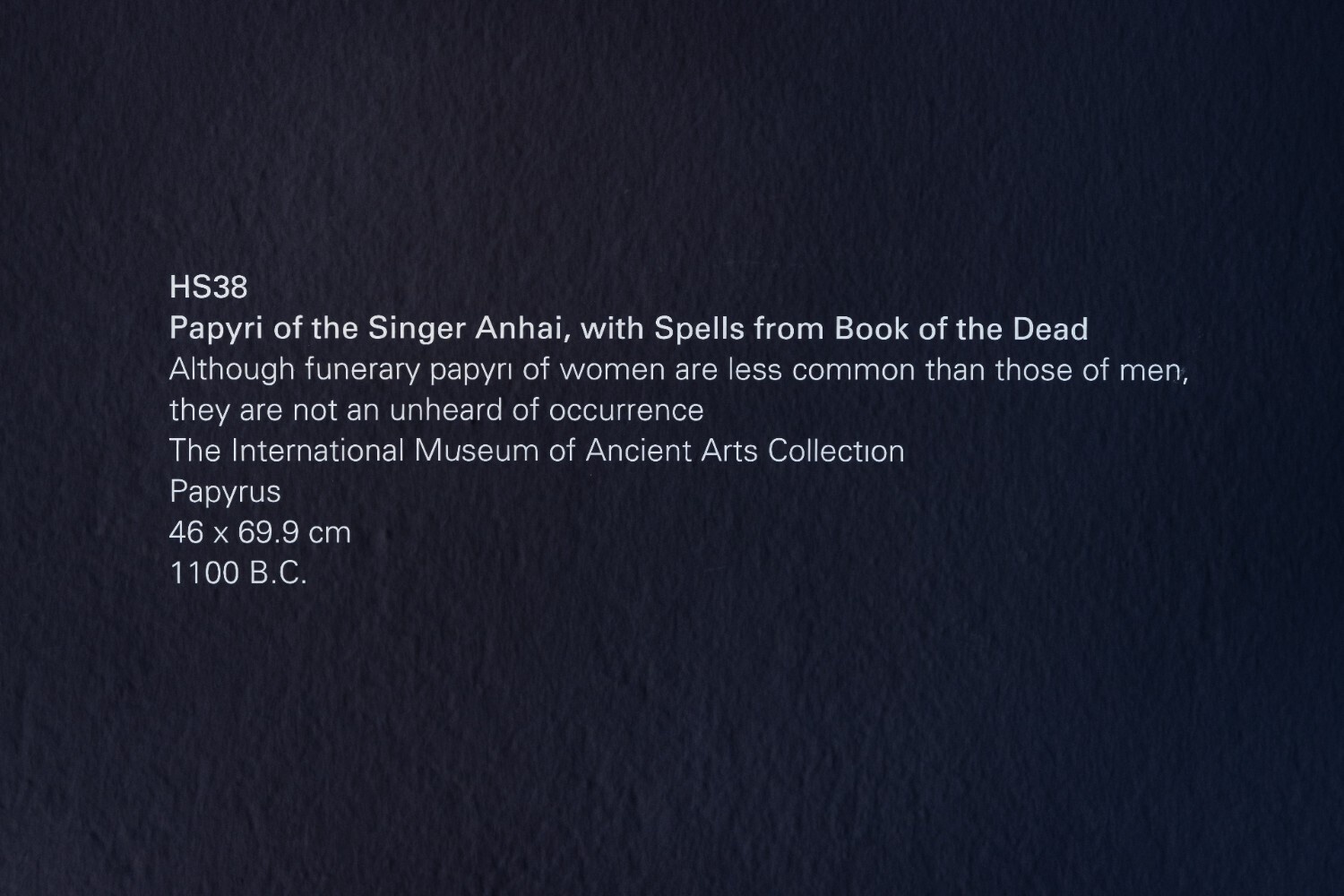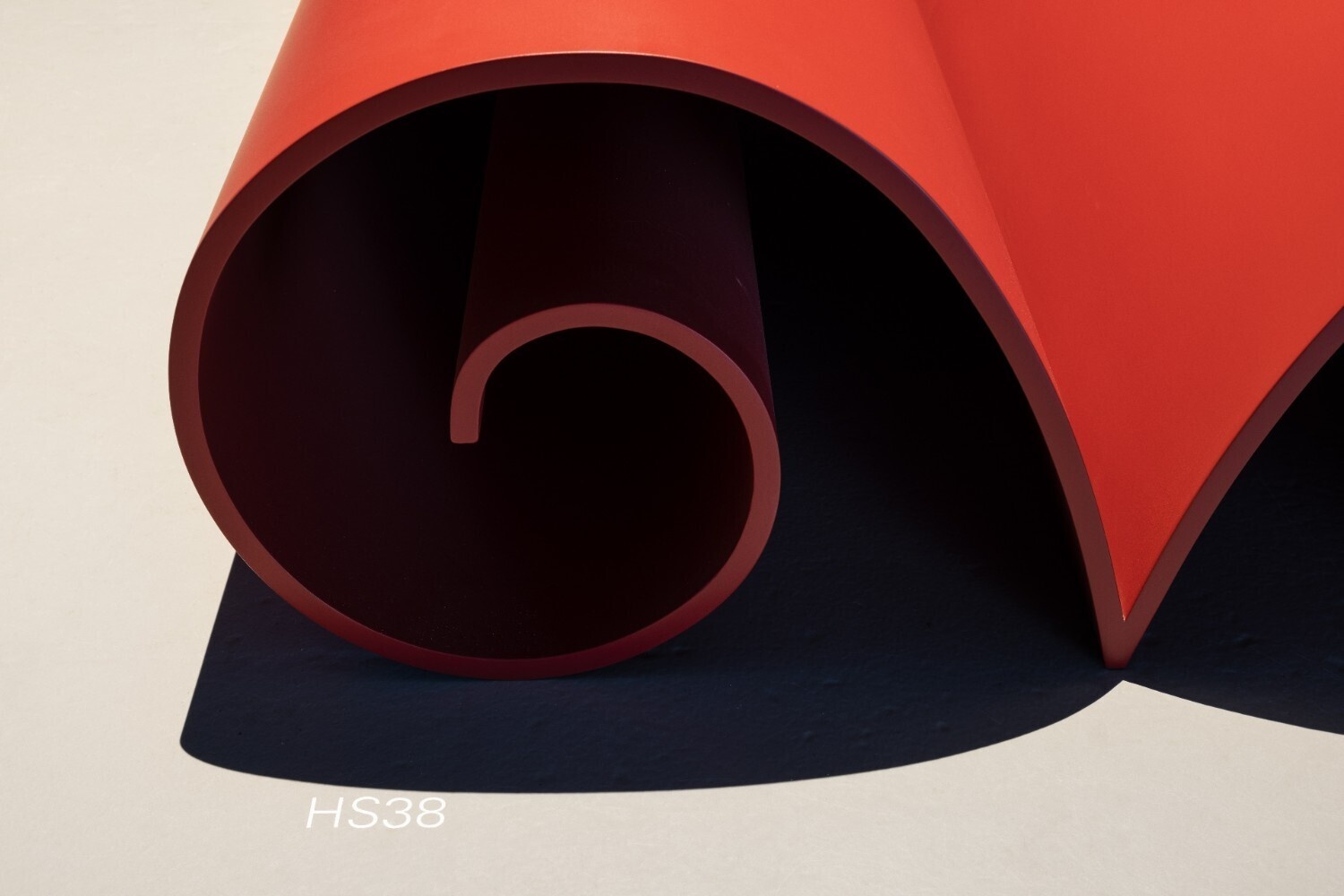desde los azules - Iman Issa, Marwa Arsanios, Naufus Ramírez-Figueroa
Kunsthalle Lissabon will open the exhibition “desde los azules” on May 16th at 6 pm. Curated by Santo Domingo-based Yina Jiménez Suriel, it features works by Marwa Arsanios (Beirut, 1978), Iman Issa (Cairo, 1979), and Naufus Ramirez-Figueroa (Guatemala City, 1978).
This is the second exhibition of the cycle marking Kunsthalle Lissabon’s 15th anniversary. Three curators were invited to develop a project based on the 60 exhibitions presented by Kunsthalle Lissabon over its fifteen years of activity.
desde los azules [from the blues] proposes a dialogue between Iman Issa, Marwa Arsanios and Naufus Ramirez-Figueroa who, through their artistic practices reflect, among other things, on the political principles that emanate from the body, while paying special attention to how the bodies of all forms of life are (un)formed by a certain imagination, investigating amphibious possibilities to transgress it.
The exhibition is articulated around what I call Rotations, a conceptual device that thinks and proposes the exhibition space and the exhibition making as key elements to catalyze deeper affects in the bodies of the senses of the human species: the exhibition space as time, the exhibition making as the weaving of time. desde los azules [from the blues] will have two Rotations, with different works in each one of them. While Olga’s Notes, all those restless bodies (2014) was presented as part of Arsanios’s solo show at Kunsthalle Lissabon, other pieces are related to the works that were in the exhibition or signal other points of entry to the reflections of these artists. Such is the case of Iman Issa’s Heritage Studies #30 (2020) and Heritage Studies #38 (2020), Marwa Arsanios’s Have you ever killed a bear? or becoming Jamila (2014) and Naufus Ramírez-Figueroa’s Arquitectura Incremental (2015) and Print of Sleep (2016).
While tracing different moments that led her to develop the Heritage Studies series, Iman Issa said that in relation to memory and the visual image she is interested in raising the question of what it means to bring an image to a moment of definition by introducing an element that signals the absence of a distinguished detail. Heritage studies started in 2015 and through the ongoing series the artist has dealt with icons—in the case of this body of work, from real objects in many museum collections— in a very strong way. Such icons have been making communities of the human species through memories and activate a performativity in us through our bodies and therefore through the structures we have made or hold to this day. Heritage Studies #30 (2020) is linked to a Cylinder without Inscription in The International Museum of Ancient Arts and Culture Collection and Heritage Studies #38 (2020) is linked to a Papyri of the Singer Anhai, with Spells from Book of the Dead in The International Museum of Ancient Arts Collection.
Olga’s Notes, all those restless bodies (2014) is a film whose creation process begins with an article entitled “The most beautiful industry in our country”, published in a magazine in Cairo in 1958, after the nationalization of publishing houses. The article talks about an industrial building that housed a ballet school where the “new bodies” of women would be produced. Through the film, composed of archival footage and dancers trying to execute certain movements, Marwa Arsanios takes us into a reflection in which converge—and at times it is difficult to distinguish when it is referring to one or the other— the creation of a nation-state and the execution of the principles of modernity in a dance project, the insistence on the systematization of the movement of restless bodies. On the other hand, the film that began as a lecture-performance Have you ever killed a bear? or becoming Jamila (2014) has a different strategy: through a main character, the female fighter Jamila Bouhired, an active member of the Algerian National Liberation Front during the Algerian Revolution, the artist approaches us to the ambivalences in the relationship of the construction and materialization of nation-state projects and socialist projects with feminism.
Inquiring into collective myths and their implications in the human and more than human body is fundamental in the practice of Naufus Ramirez-Figueroa, whether through performance, sculptural installations, videos or paintings. In Arquitectura Incremental (2015) the artist does so through architectural space and its role in the project of alienation for the construction of postcolonial countries. In the video Naufus is performing a dance while dressed with a tower made up of different iconic buildings in Guatemala. As soon as the artist starts making slightly more challenging movements the tower collapses and so the loop repeats until there are no more models available. The construction of collective myths is also problematized in Print of Sleep (2016) a video of a performance in which the artist immerses us in a kind of meditative rituals around sleep and the access to dreams by decoding the movements of the body, as an arena of dispute in contemporaneity.
Rotation 1 consists of Heritage Studies #30 (2020), Olga’s Notes, all those restless bodies (2014) and Arquitectura Incremental (2015). Rotation 2 consists of Heritage Studies #38 (2020), Have you ever killed a bear? or becoming Jamila (2014) and Print of Sleep (2016).
Yina Jiménez Suriel, curator and researcher with a master’s degree in visual studies. Her curatorial practice is nourished by the transdisciplinary research she develops around the construction of imagination, contemporary emancipatory processes and reconciliation with the constant movement titled la historia de las montañas. She is adjunct curator of the 14th Mercosul Biennial (2024) and the TBA21-Academy The Current IV curatorial fellowship, a three-year research project (2023-2025) entitled otras montañas, las que andan sueltas bajo el agua. Yina is associate editor of Contemporary And (C&) magazine for Latin America and the Caribbean. She has contributed to various international art publications and artist catalogs. Yina lives and works from Santiago, Dominican Republic.
Iman Issa is an Egyptian artist whose practice is concerned with the systems that govern the rules of perception and generating meaning. Her work has been widely shown in venues including KW Institute of Contemporary Art, Berlin (2021), Hamburger Bahnhof, Berlin (2017), MoMA, New York (2017), the Solomon R. Guggenheim Museum, New York, 2016), Kunsthalle Lissabon, Lisbon (2016), MACBA, Barcelona (2015). She has also participated in the Whitney Biennial (2019), the 12th Sharjah biennial (2011), the 8th Berlin Biennial (2014), and the 7th Gwangju biennial (2018) among others. 2020, Iman Issa has been a professor at the Academy of Fine Arts in Vienna.
Marwa Arsanios is an Lebanese artist, filmmaker and researcher whose work can take the form of installation, performance and moving image. She reconsiders the political development of the second half of the twentieth century from a contemporary perspective, focusing on gender relations, collectivism, urbanism and industrialization. Her research work includes many disciplines and is deployed in numerous collaborative projects. Several solo exhibitions have been dedicated to her work: Heidelberger Kunstverein, Germany (2023); Mosaïc Rooms, London (2022); Contemporary Arts Center, Cincinnati (2021); Skuc Gallery, Ljubljana (2018); Beirut Art Center (2017); Hammer Museum, Los Angeles (2016); Witte de With, Rotterdam (2016); Kunsthalle Lissabon, Lisbon (2015); and Art in General, New York (2015).
Naufus Ramírez-Figueroa is a Guatemalan artist whose practice explores historical narratives through the circumstances of the body. His proposition – that intimacy both marks and subverts our collective myth-making – reveals itself through investigations of dreams, architecture, abstraction, theater, and notions of the spiritual. Some of the artist’s solo exhibitions and performances include: MAMBO, Bogotá (2023); MAMM, Medellín (2023); M Leuven (2022); Artspace, San Antonio (2021); The Power Plant, Toronto (2020); New Museum, New York (2018); Kunsthalle Lissabon, Lisbon (2017); CAPC Musée d’art contemporain de Bordeaux (2017); Haus Esters Museum, Krefeld (2017); KW Institute for Contemporary Art, Berlin (2016); Gasworks, London (2015); Tate Modern, London (2015); Castello di Rivoli, Turin (2013).
Kunsthalle Lissabon is supported by República Portuguesa / DGArtes. Desde los azules was also supported by Maat and Fundaçao edp.

